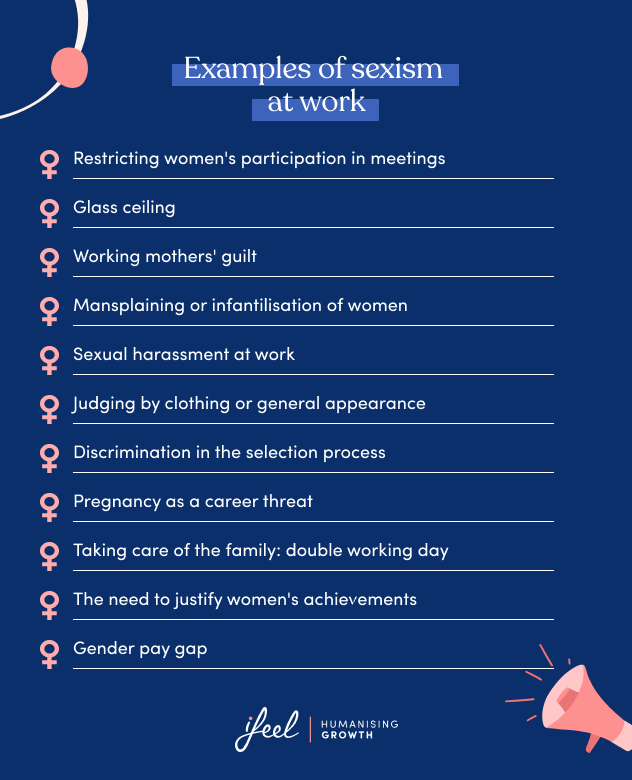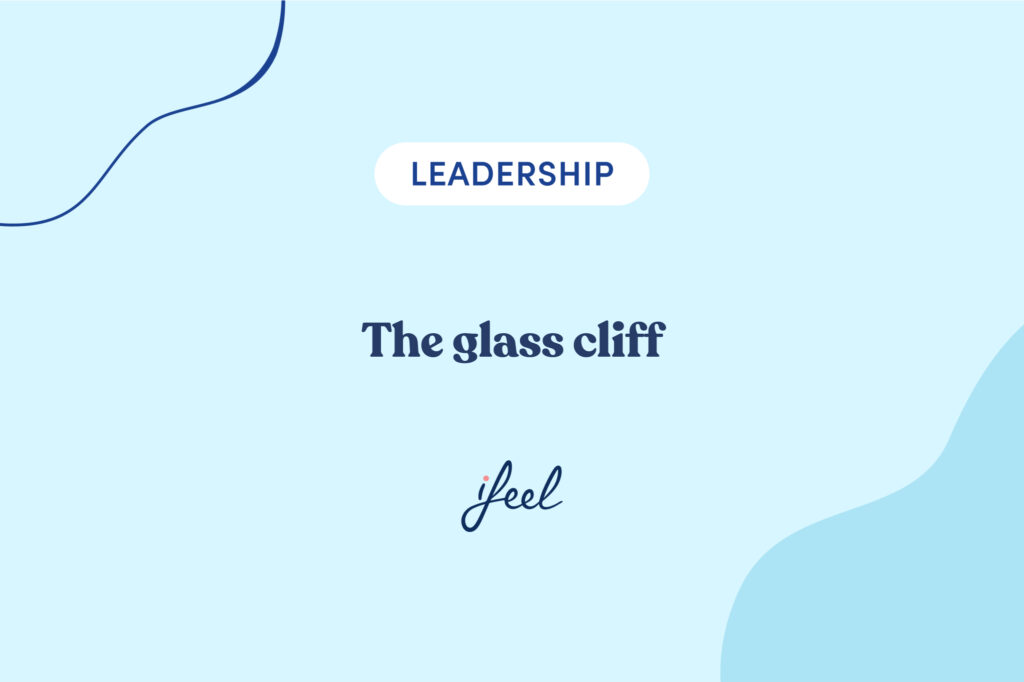The concept of the glass cliff sheds light on a critical yet often overlooked phenomenon in organisational dynamics, especially regarding leadership roles during times of crisis. While much attention has been paid to the glass ceiling, the invisible barrier limiting women and minorities from reaching top leadership positions, the glass cliff introduces another layer of complexity.
It refers to the precarious position individuals from underrepresented groups often find themselves in when they are appointed to leadership roles in times of organisational turmoil, where the likelihood of failure is significantly high.
Have you noticed this in your organisation?
How does one get to the glass cliff?
Michelle Ryan, a Professor of Social and Organisational Psychology at the University of Exeter (UK), coined the term glass cliff. She focuses on how context and identity shape women’s career decisions in collaboration with Alex Haslam, a Professor of the same subject at the University of Queensland (Australia).
Their research highlights that attributing poor performance of women-led companies to female leadership is a simplistic view. In reality, women are more likely to be given leadership roles during periods of crisis when the odds of success are already diminished. This scenario is not exclusive to women; it also affects non-white individuals and other minorities who break through the glass ceiling only to step onto the unstable ground of a glass cliff.
Professor Ryan’s studies indicate that these individuals are not the cause of the company’s struggles; rather, they inherit these challenges when assuming their roles. This phenomenon is particularly pronounced in countries with high gender inequality. In more egalitarian societies, the glass ceiling is less formidable, allowing women to assume leadership roles during both prosperous and turbulent times, thereby balancing the exposure to failure.
The dynamics behind the glass cliff
Once the glass ceiling is shattered, many face challenges in executing leadership roles that traditional leaders might not encounter. This situation places them precariously on the edge of a metaphorical cliff, where their professional reputation is at risk. The pressure to perform in crisis situations can lead to being unfairly judged, resulting in either being fired or forced to resign if expectations are not met.
But why do organisations place individuals on this glass cliff? There are several underlying motives:
| Strategy | Description |
|---|---|
| Dirty work delegation | Organisations may appoint women or minorities to manage during crises, attributing potential failures to these leaders rather than pre-existing issues. |
| Scapegoating | These individuals might become scapegoats for ongoing problems, taking blame for failing to resolve deep-rooted issues that predated their leadership. |
| Reinforcement of biases | A more nefarious reason could be to perpetuate stereotypes that women or minorities are ineffective leaders, using the crisis context to justify this belief. |
The dynamics behind the glass cliff reveal a troubling pattern of organisational behaviour that both reflects and perpetuates systemic biases. This practice suggests a need for organisational introspection and reform to ensure that leadership appointments are made based on merit and potential, rather than as a response to crises or as a means to deflect blame. By addressing these issues, organisations can create a more equitable and supportive environment that allows all leaders to thrive and succeed, irrespective of the circumstances.

Inequality and the glass cliff
The glass cliff is rooted in societal gender inequality, which permeates the corporate landscape. It emerges from the biased notion that women or minorities are less deserving of leadership roles during successful times but can be risked during crises since the stakes are perceived as lower. This reflects a broader societal bias that restricts leadership opportunities for these groups, even in times of normalcy or success.
Moreover, the existence of the glass ceiling exacerbates the glass cliff. If the glass ceiling were absent, women and minorities would have more consistent access to leadership roles, reducing the tendency to appoint them only during precarious times. Consequently, they would not disproportionately face the risks of the glass cliff compared to their white male counterparts.
Navigating the glass cliff
Addressing the glass cliff requires comprehensive strategies that transcend mere awareness. Organisations need to:
- Promote equitable opportunities: Ensure that leadership roles are accessible to all based on merit, regardless of the company’s current state.
- Implement support mechanisms: Provide support and resources to leaders stepping into crisis roles, ensuring they have the tools needed to succeed.
- Cultivate inclusive cultures: Encourage diversity and inclusion at all levels, reducing the isolation faced by leaders from underrepresented groups.
- Challenge stereotypes actively: Work to dismantle stereotypes about leadership effectiveness and create environments where diverse leadership styles are valued and supported.
The Leadership Lens🔎
The glass cliff presents a unique challenge for leaders aiming to foster inclusivity. Leaders must ensure that appointments are merit-based, not crisis-driven, to prevent setting individuals up for failure. Implementing strong support systems and mentorship can help leaders navigate difficult roles successfully.
Raising awareness of unconscious biases is crucial to dismantling stereotypes and preventing harmful practices. By cultivating a genuinely inclusive culture, organisations can harness the full potential of diverse leadership for sustained growth.
Mental health: The biggest business challenge of our time
At ifeel, we recognise that addressing the glass cliff is not just a moral obligation, but a strategic necessity for long-term success.
To help in this process, our clinical team provides leading companies in their sector with a dynamic, scalable and fully personalised solution, powered by AI. We have a strategy and approach based on key data to help organisations with a global presence address one of the biggest business challenges of our time: mental health at work.
This solution offers employees a mental health care service structured at different levels depending on their needs at any given time. Discover our Resources section, where you will find various materials, such as webinars, podcasts, guides for human resources on current topics, and interviews with leaders of large organisations.
Data-driven methodology
Our mental health solution for enterprises employs evidence-based practices and innovative methods, backed by the latest research and a network of over 600 mental health professionals. Would you like to know more about our Clinical Research Department? Don’t forget to visit this section to stay informed about the latest studies and research on mental health in corporate environments.
We hope you found this article on the glass cliff interesting.
If you would like more information, simply request it here. Our team will calculate the ROI based on your enterprise’s specific characteristics.










